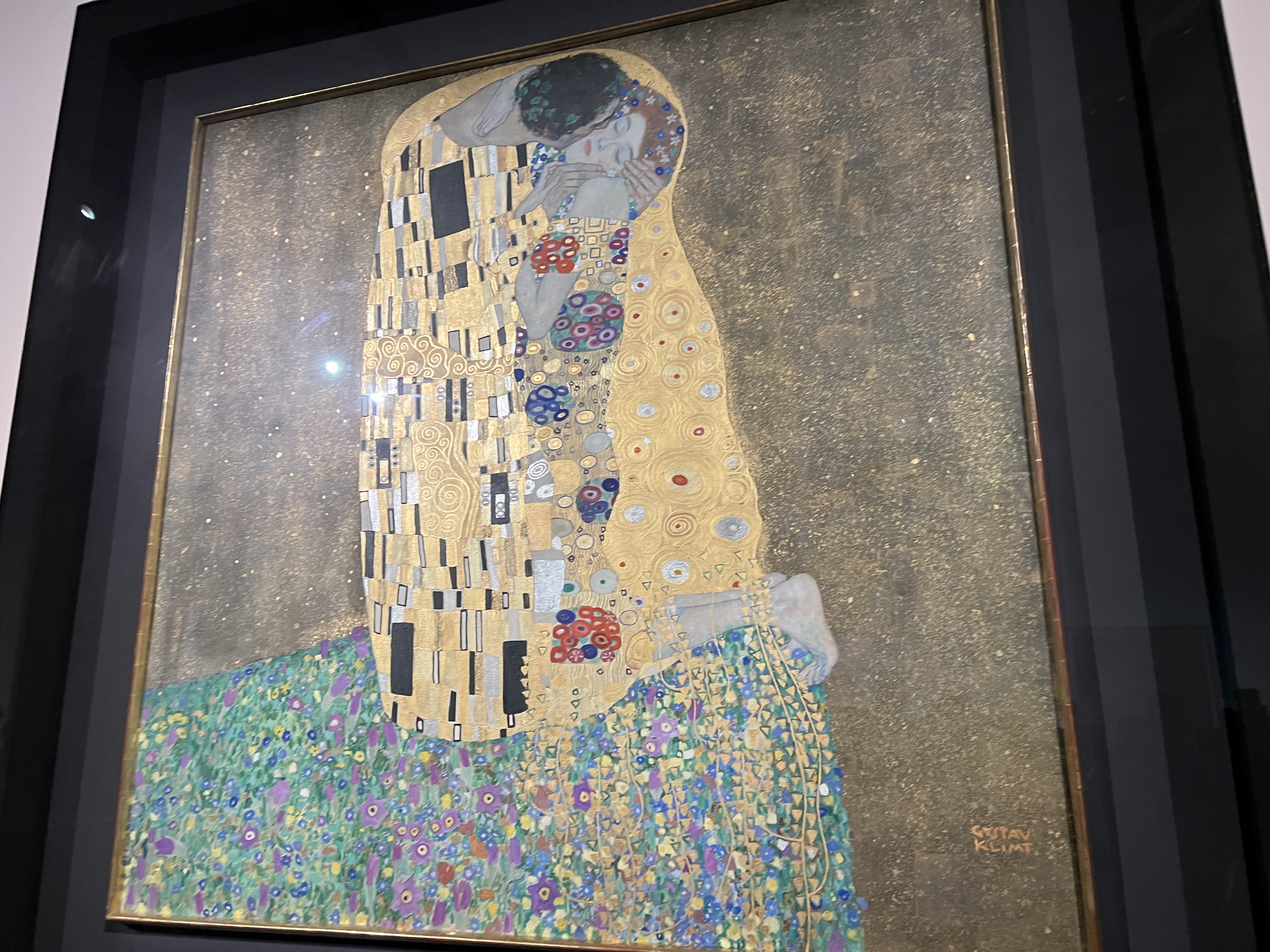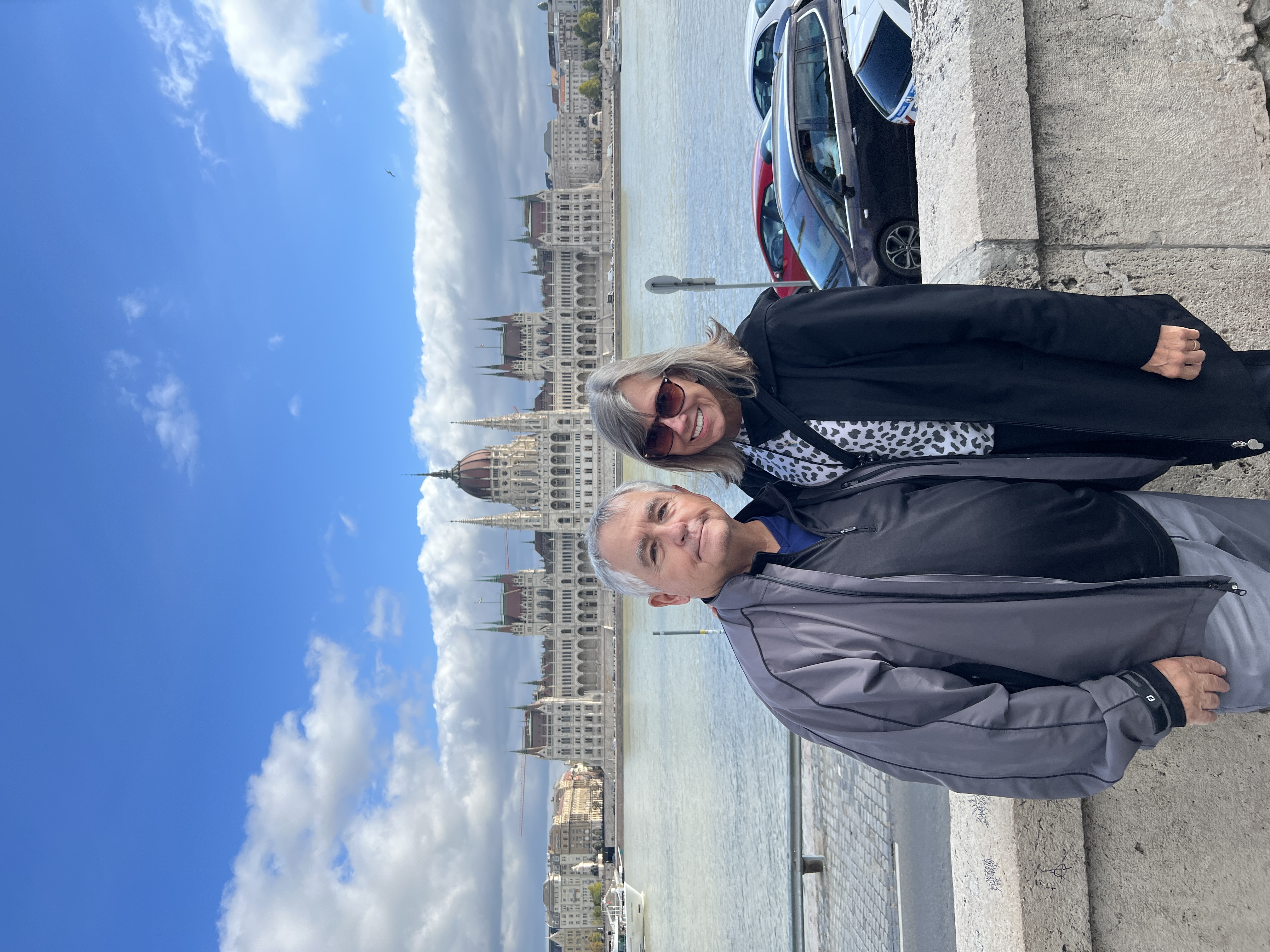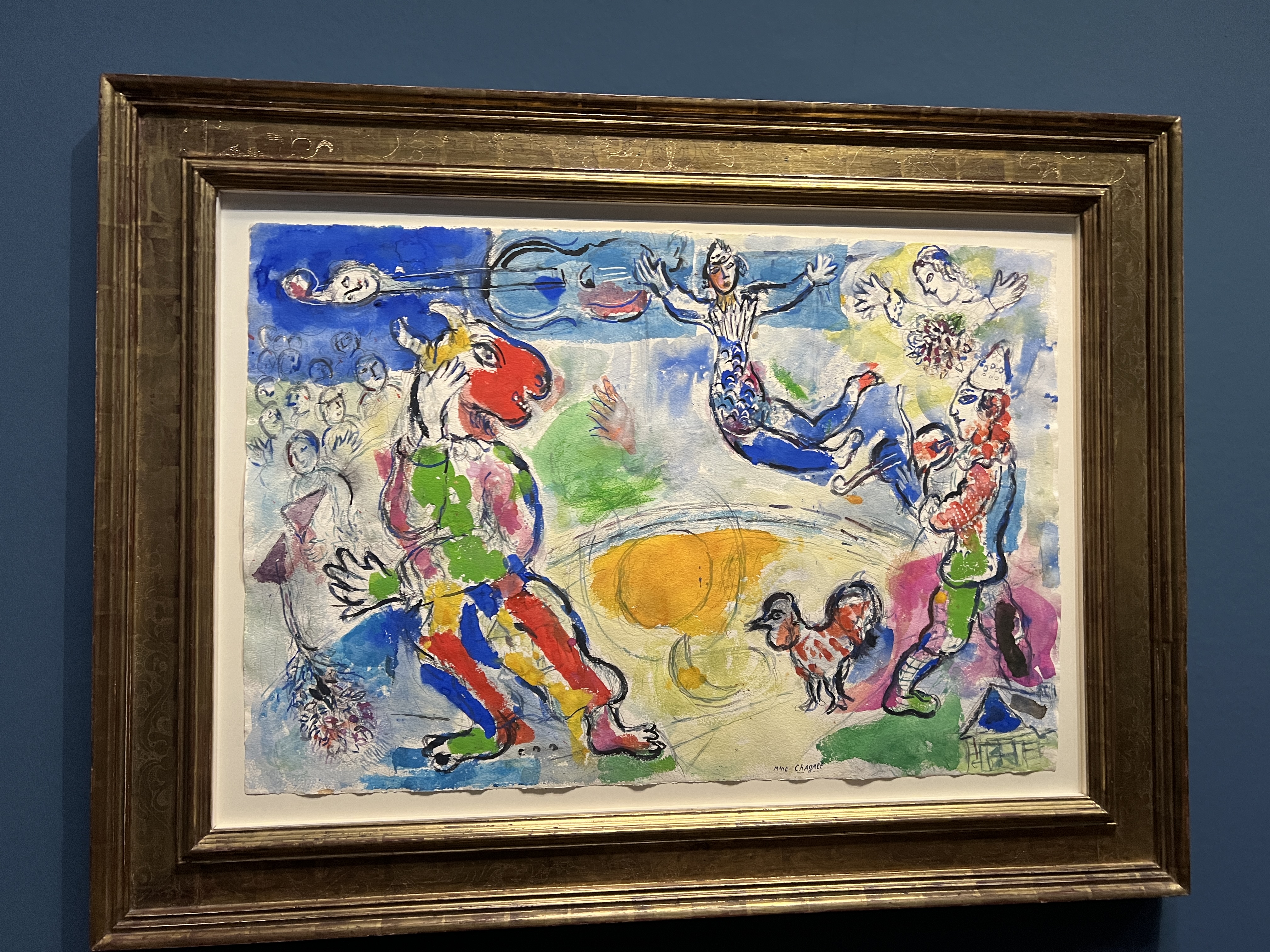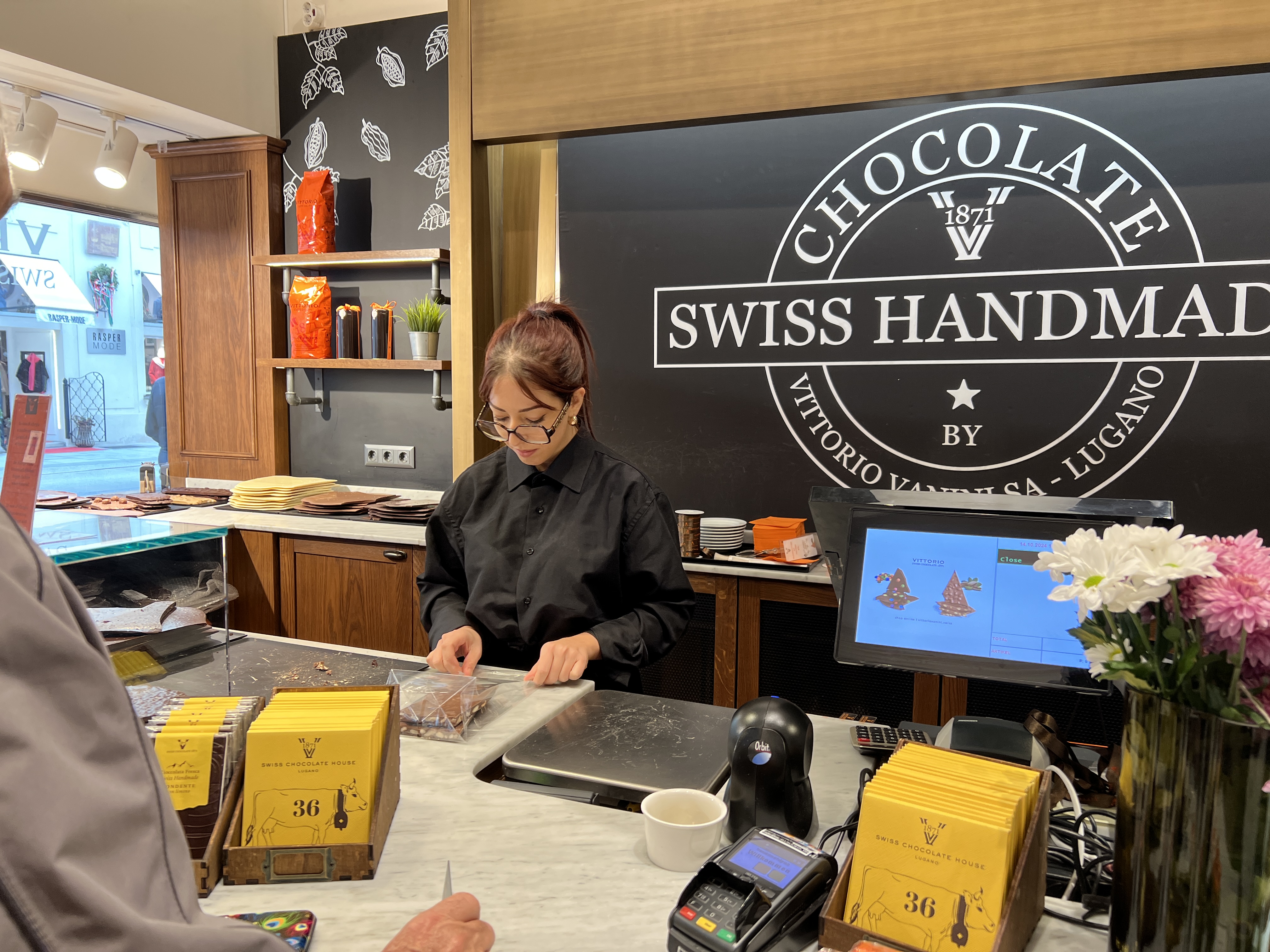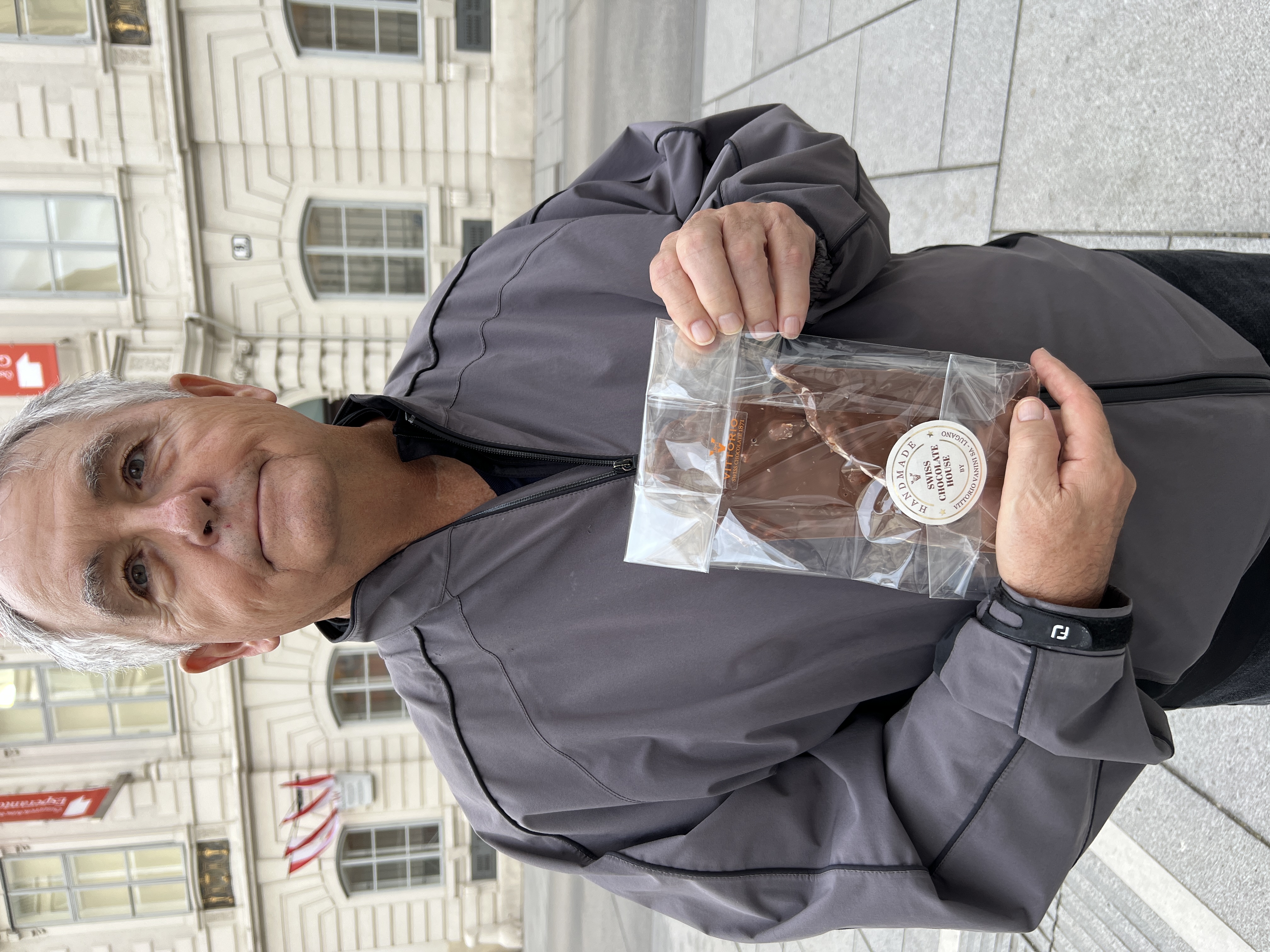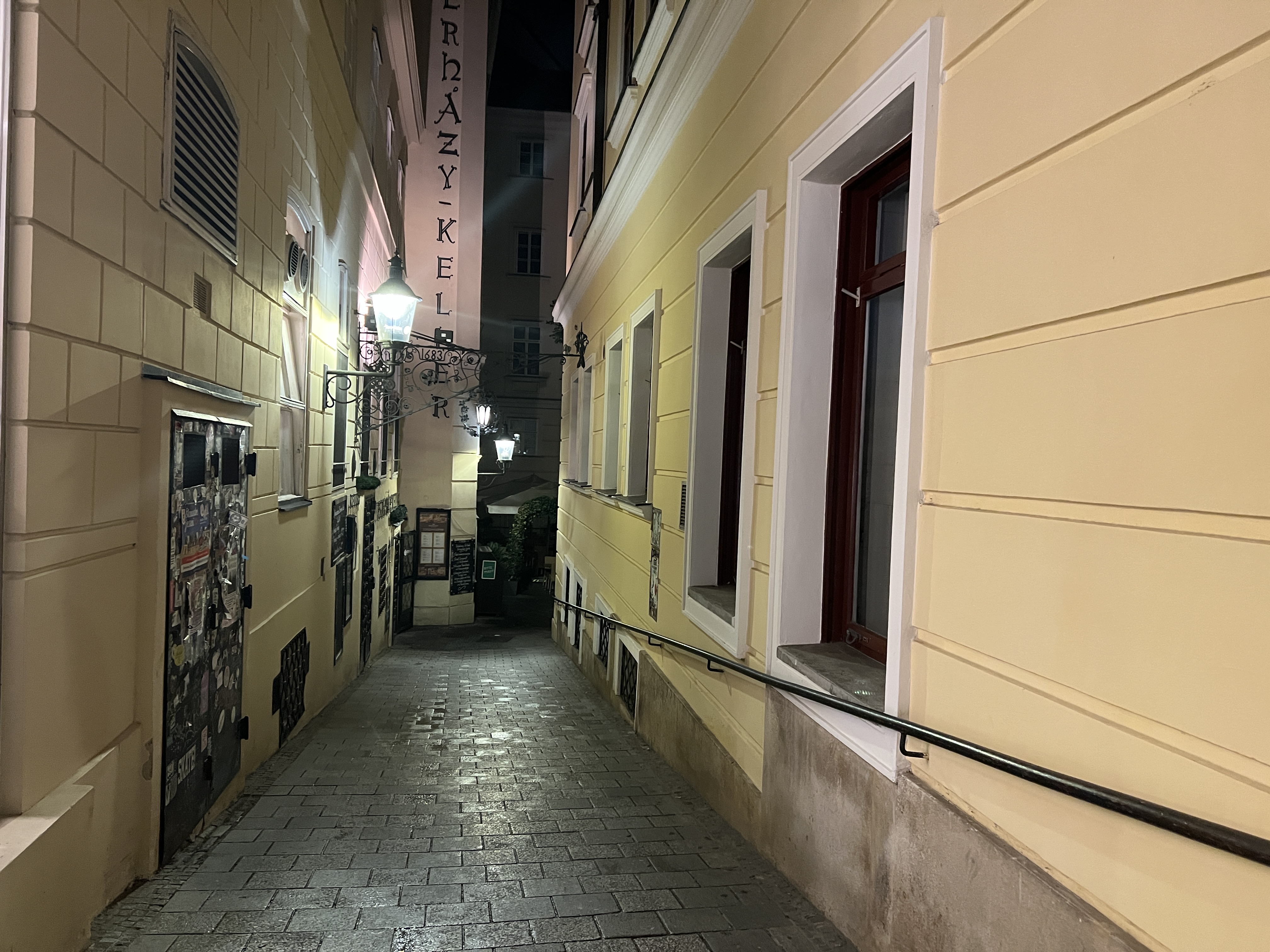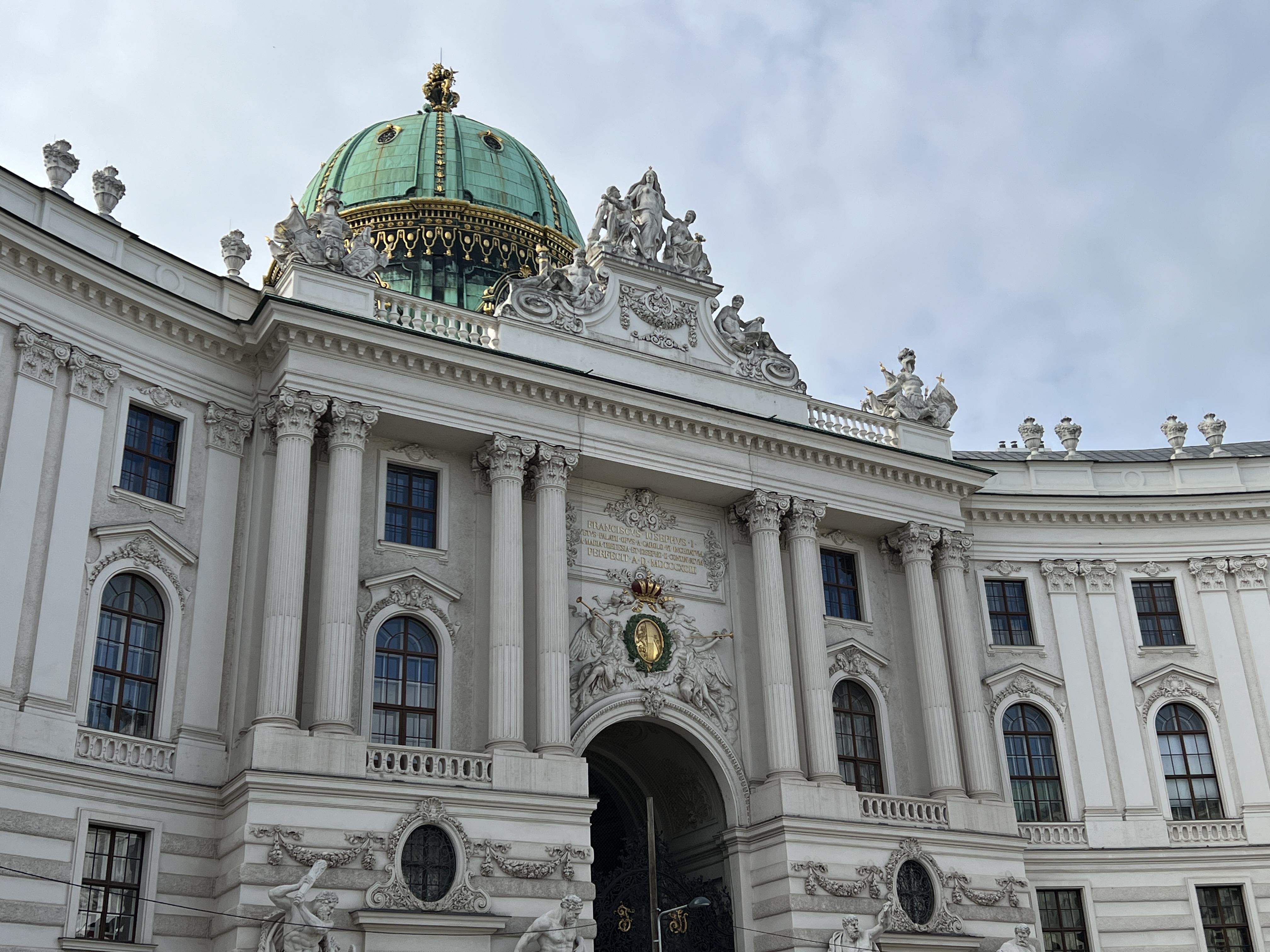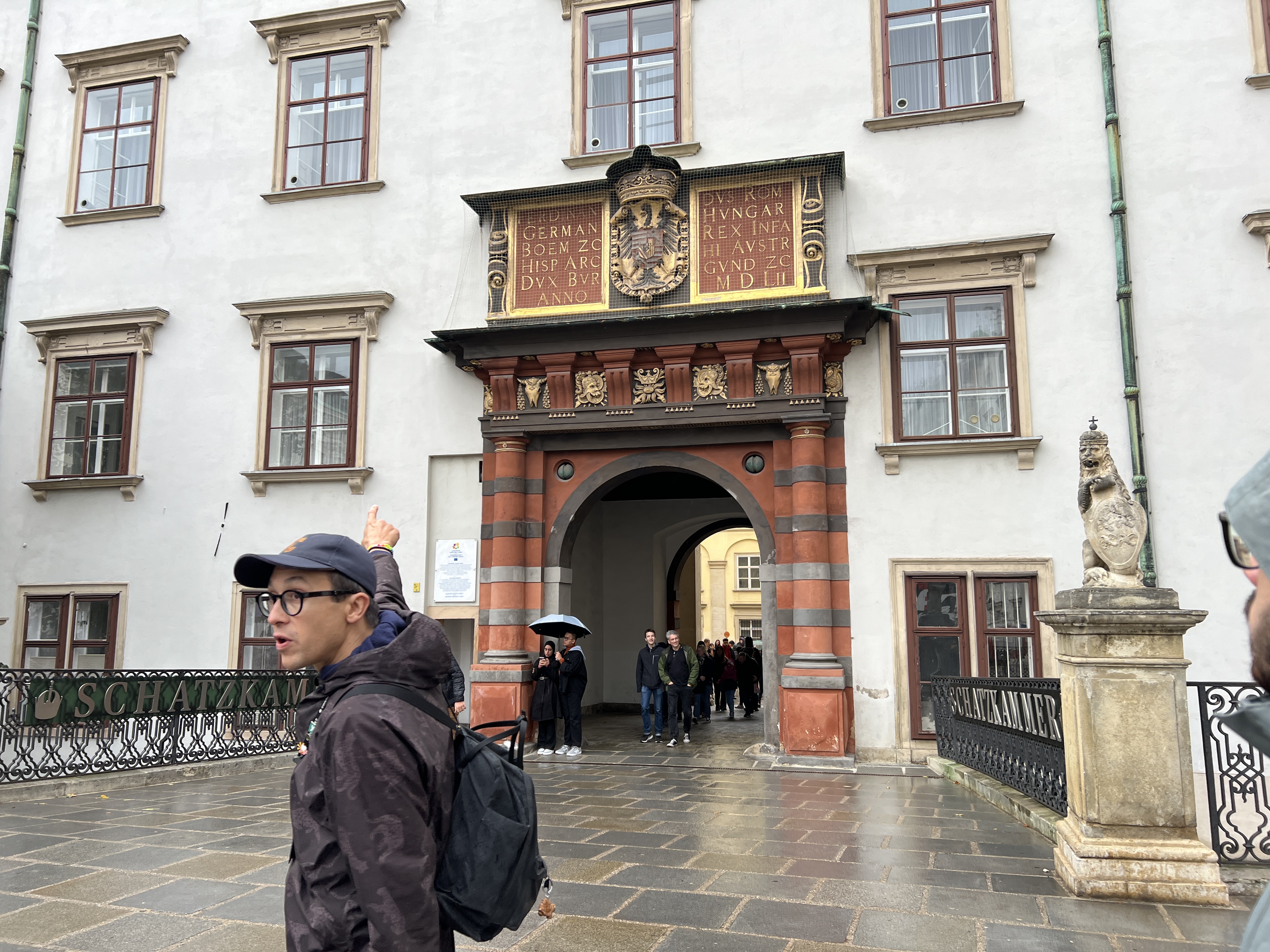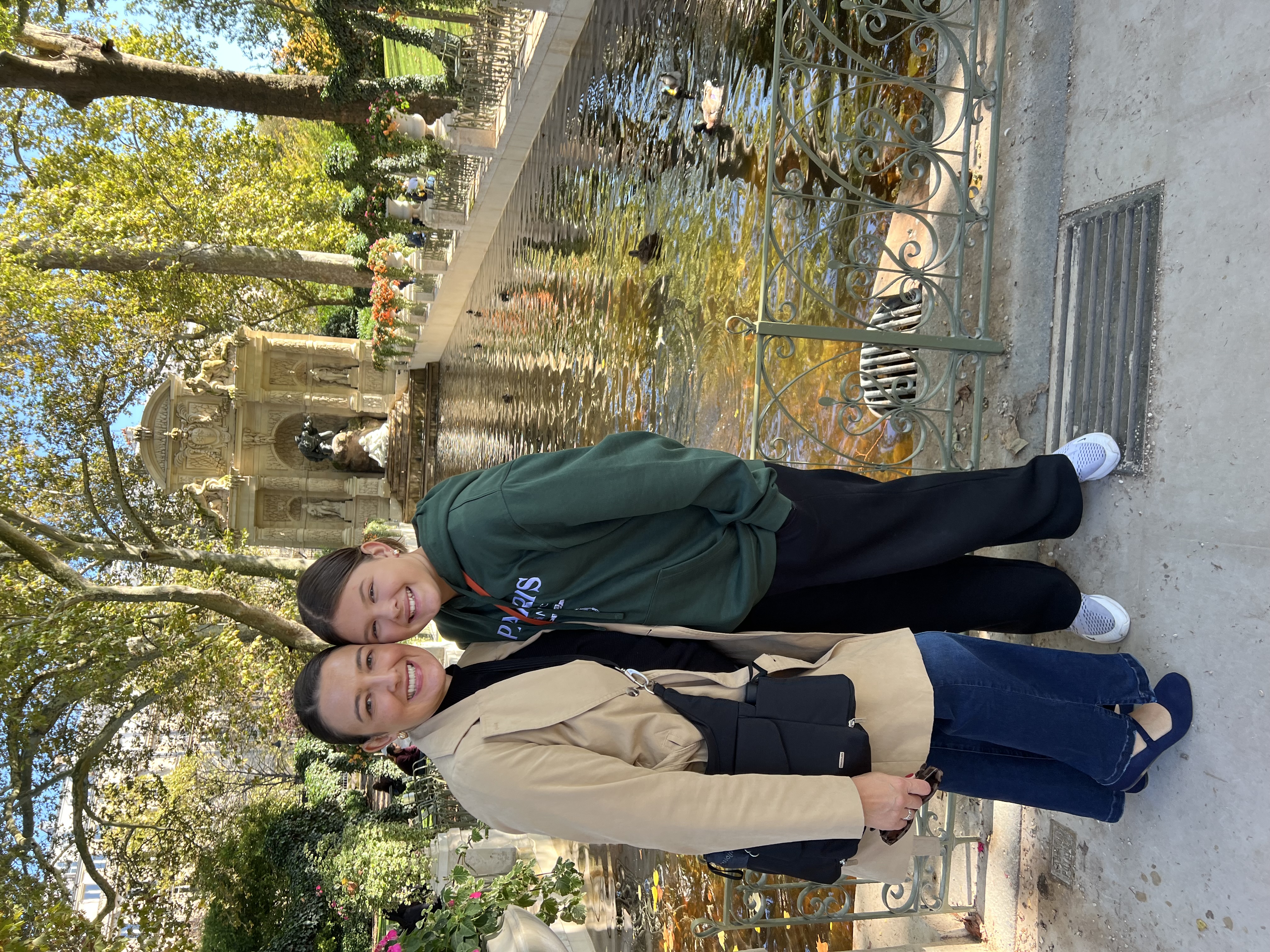After a week in Paris and a week in Vienna, we returned to Paris for a couple of days before going home. In my perfect life, I would come to Paris every year. Since that probably won’t happen, I was happy to have a couple of extra days in this beautiful city.

Most of our bonus time in Paris was pretty unstructured. We hung out and savored time in my favorite city.
The highlight of our extra days in Paris was connecting with my dear friend Moira.
When we rented an apartment in Paris thirteen years ago, a friend introduced me to Moira, and we connected over our shared involvement in the positive aging field. We have stayed in touch, and I always try to see her when we are in Paris.

Paris Walk
When we were in Paris before Covid, Moira led us on a north-to-south Paris walk that took us to parts of the city we would never have discovered on our own. This year, she led us on a west-to-east Paris walk. And, once again, we saw a new part of life in Paris.

We began our walk in the Bois du Boulogne, the large park in the 16th arrondissement of Paris. Two and a half times larger than Central Park in New York, its lakes, playgrounds and paths offer numerous outdoor recreational opportunities. I felt like part of the city as we joined the families, bikers, runners and walkers who were out enjoying the mild, rain-less Sunday.




From the Park to the City
Leaving the park, we walked into the city and visited one of the wonderful
French markets.
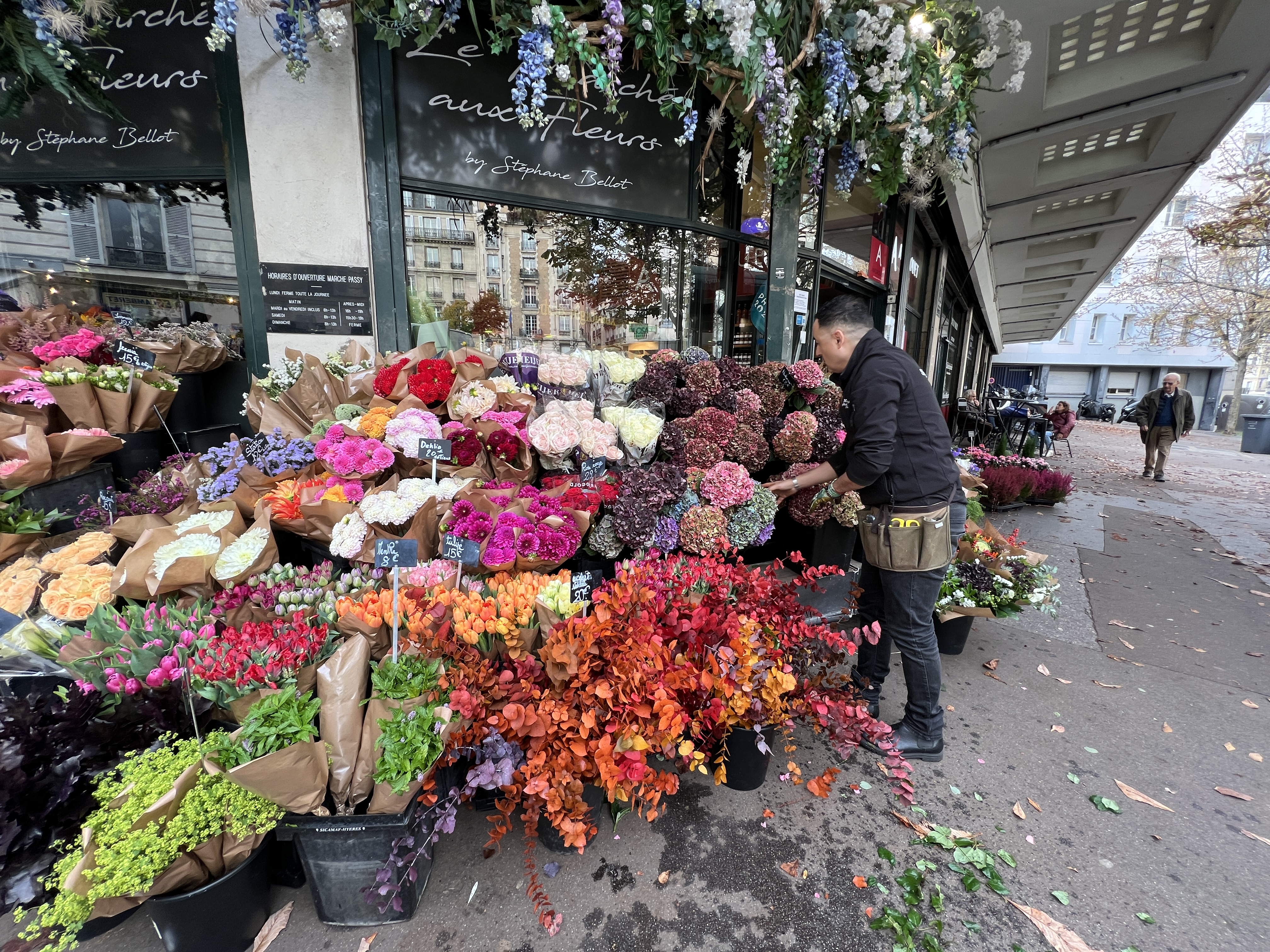
Like many French markets, it sold everything from fresh produce to household items.

As we left the market, Moira pointed out a Halloween display and told us about Halloween in France. Although it is becoming a bit more popular, the French do not really celebrate Halloween.

Along a small street, we passed the home of Honore de Balzac, French novelist and playwright. It was tucked in a little valley, and the city had grown around it.

We never walked far without passing a charming little park. Walking through one of the parks, I noticed a statue of Aesop with the fox and cat from one of his fables. Moira told us Aesop’s fables are very popular in France.

We didn’t make it to the end of our route-we didn’t on our north-south walk either. Lunch and a bottle of French wine won out over more hiking.

We ended our lovely day with a late lunch and view of the Eiffel Tower in the distance. Paul was happy to try one more version of boeuf bourguignon.

Home
And now, it’s time to go home. We are both looking forward to being home and anxious to see what Hurricane Milton did to our house and our community. Based on reports, we should only have minor damage, and I am very thankful for that.
I am taking home memories of two beautiful cities and the wonderful people we met.











